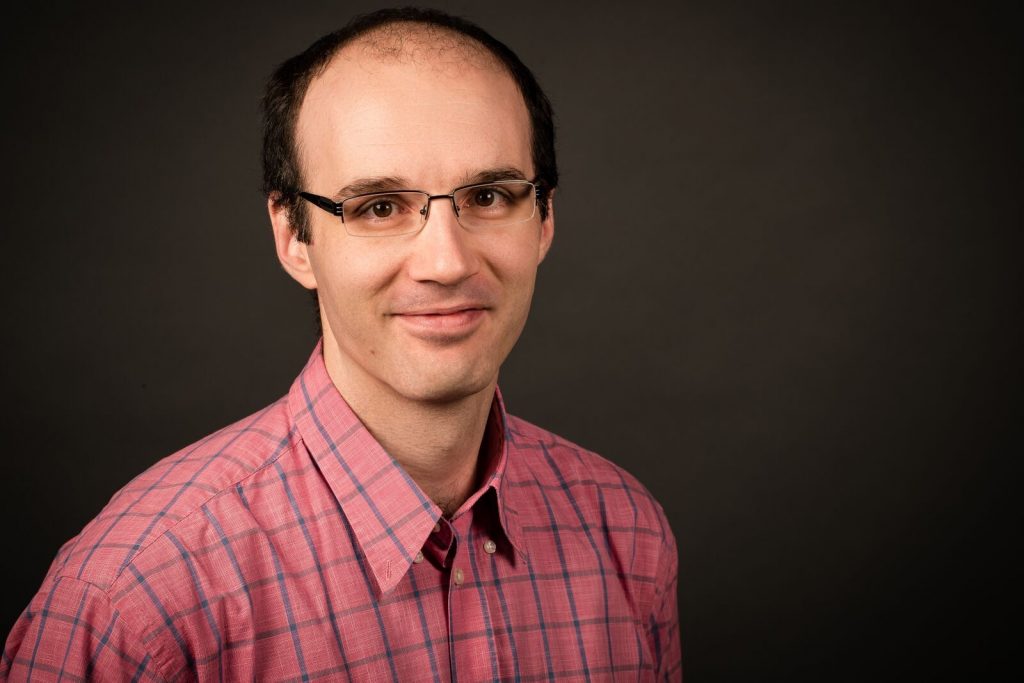

Pierre completed his PhD at the University of Caen in France measuring two angular correlation parameters in neutron decay: R and N. R could indicate new physics beyond the Standard Model, while N was compared with previous independent measurements as a control of the method. He continued on this topic during two years of postdoctoral work at the Jagiellonian University in Poland. He then completed a post doc at the University of Alberta working on the SNO+ and DEAP experiments. For SNO+, he implemented most of the detector geometry in the simulation used by the collaboration to test their understanding of the detector response. He also designed and deployed the camera system that tracks the movements of the hold-down ropes, as well as the position of the calibration sources. With DEAP, Pierre was initially involved in the analysis of DEAP-1 data, and then played significant roles in the construction of the DEAP-3600 detector, particularly the bonding and machining of the acrylic vessel.
Currently Pierre is responsible for the data acquisition system for DEAP-3600 and is leading part of the data analysis. He is also part of the NEWS-G collaboration, which will be building a 1.4 m diameter Spherical Proportional Counter at SNOLAB to search for light-weight dark matter. Pierre is designing and building the calibration source deployment system for the NEWS-G detector.
How would you describe your work in simple terms?
“Dark matter is expected to account for up to 80% of the matter in the universe and it is really frustrating that we know so little about it: it has a gravitational effect so it has mass, but it does not interact electromagnetically. I build large nets (detectors) to try to catch these elusive particles. Because they are extremely sensitive, the detectors need to be operated underground, far from the background radiation on earth’s surface.”
What is something in your career you are especially proud of?
“I am very proud of the work I’ve done on DEAP-3600. It was a lot of work, and nice to be able to see the detector construction through to completion. One of the biggest challenges was that the vessel had to be brought underground in pieces, and then bonded and machined there. I was the lead scientist for this process.”
Why did you choose physics?
“I guess it comes down to trying to figure out what makes the world go round… or to always approaching things with a child’s curiosity.”
Publications
Links
Contact details
pierre.gorel@snolab.ca
(705) 692 7000